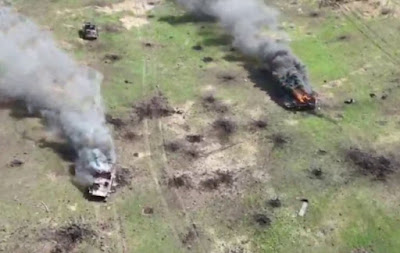The emergence of a Trilateral Axis of cooperation between China, Iran and Russia poses a threat to democracies and global economic cooperation. But each of those three brings a different set of needs and desires to the so-far informal alliance, which may make deeper military cooperation difficult.
Iran, the most radical of the three, is also the least invested in the global economy, which is why it is most ready to embrace terrorism and extremism - which China explicitly opposes. Russia wants help attacking Ukraine and the west, but its abject failures of weaponry, military strategy and performance in what was assumed would be its easy victory over Ukraine have exposed serious weaknesses, making it a less attractive partner. China, the largest economically and militarily, is the most invested in the global order and can ill afford to have its governing party's legitimacy challenged by trade upheaval from radical attacks on its most important customers and suppliers. The result may continue to be cooperation on the margins and in the shadows rather than a full-fledged assault on the west. JL
Lucas Winter and colleagues report in War On the Rocks:
For China, creation of a
formal alliance with Iran and Russia is diametrically opposed to China’s membership in an overtly anti-Western bloc with two
global pariahs (which) would fly in the face of its desire to avoid a full break with the US, given its (economic) “equities in the international system." Tehran is pushing for broader cooperation than the
other two feel comfortable with. Tehran has been an
ardent proponent for a new world order, "reorienting it (to embrace) what China describes as “the Three Evils” — terrorism, separatism, and extremism. Russia’s challenge to the emergence of such an axis is (that) since its invasion of Ukraine, Moscow has been too overwhelmed to be a reliable
partner.




























































